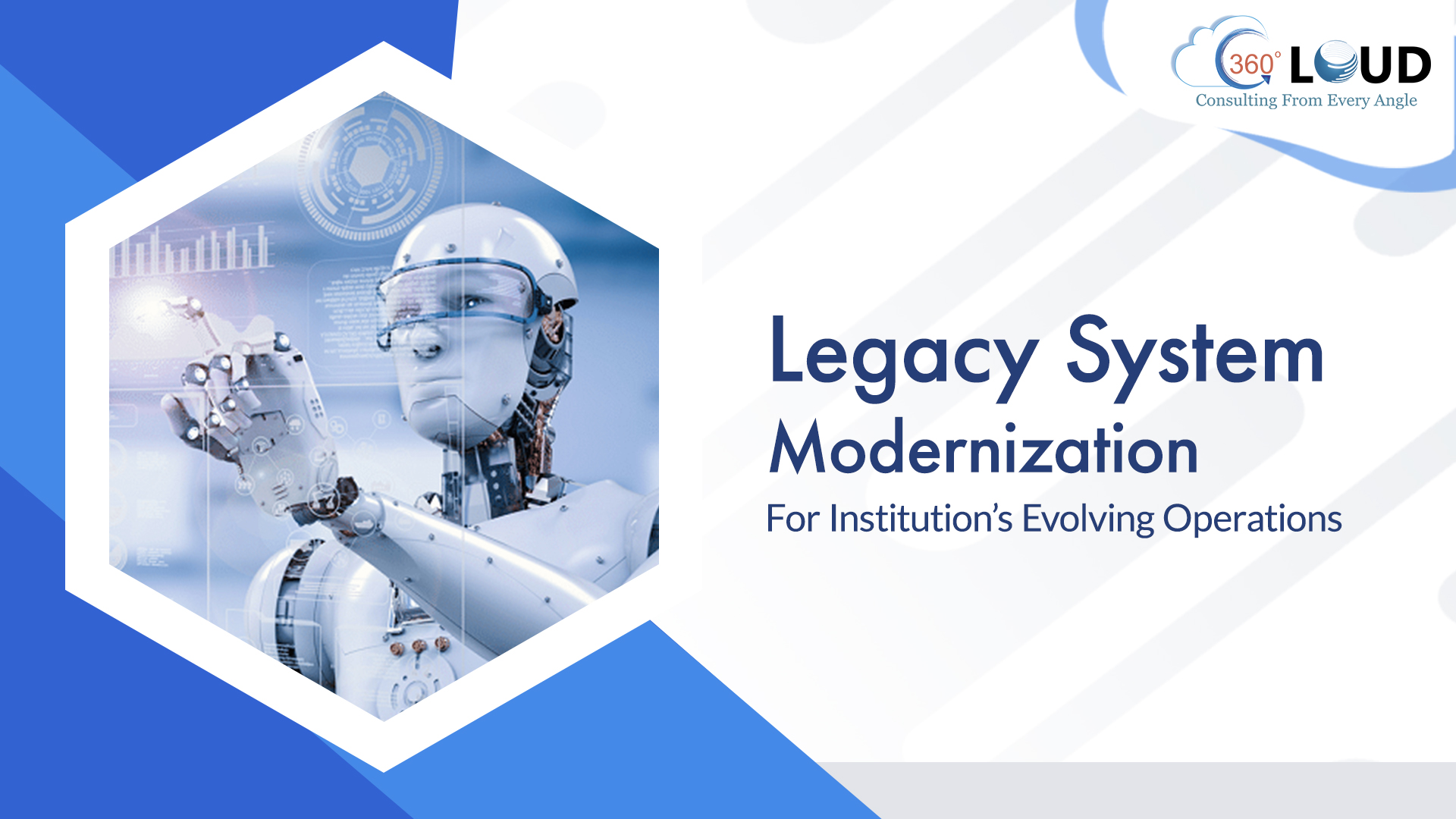Legacy system modernization is the key to deliver next-level customer experiences and simplifying new business implementations. But contrary to popular opinion, modernizing legacy software isn’t merely about updating systems. Instead, it’s pretty much a prerequisite across industries and institutions to eliminate barriers to digital transformation. The footprints of legacy technology are widespread and restrict newer software capabilities. As a result, business ventures are continually urging for the legacy system advancement to grow and remain competitive.
Despite this, many legacy systems remain untouched, especially at government institutions for fear of breaking stable processes depended on by millions of beneficiaries.
The True Cost Of Legacy Systems
The inability to provide users access to advanced technologies does correlate to the loss of fresh opportunities. It incapacitates businesses from accommodating future endeavors successfully with severe technological debt and bottlenecking. At the outset, outdated systems add to inefficiency and operational cost, but hidden costs are much more disturbing. These include high support, maintenance, integration, and compliance costs, to name some.
However, it isn’t easy to replace an old technology due to the sheer cost involved, high risk, and the need for retraining which can often outweigh hidden costs.
Before jumping into possible solutions for remodeling the older process it’ll help to look at current uphill challenges to get some perspective on what we’re up against. We illustrate this with a few examples here:
Legacy Technology Upgrade To Redefine Finance Workflows
To eliminate various finance operation loopholes, technology upgrade plays a significant role in driving down redundant transaction frequency and downtime. For example, the cost of mobile and online transactions is $0.10, whereas offline processing costs $4.25 for financial ventures.
(Source: Javelin Strategy & Research)
No doubt, the use of old technology may cost you less but overhead expenses can cost you much more than you invest in technology advancement.
Legacy System Enhancement To Foster IT Security
High-level technology comes with high-level security, and this is where the need for technology advancement erupts. As legacy systems are enriched with the less advanced technology they’re more vulnerable to cyber attacks, malware, and even less resistant to hacking. Legacy infrastructure is one of the prime reasons responsible for cyber attacks and accidentally published information.
(Source: Accenture’s State of Cyber Resilience Index 2018)
Mulesoft’s Enterprise Service Bus (Mule ESB)
As an important ingredient for legacy modernization projects, Mule ESB (Enterprise Service Bus) is a rescuer. It works great to get rid of almost every concern impeding legacy advancement. With its extended capabilities, it helps lowering the costs and the risk associated with legacy advancement. It also helps to cut back on retraining time to a minimum. And with the introduction of MuleSoft’s unified platform for data integration and API management, you can use APIs to help you to steer clear of complexities of legacy system hampering services and data.
Consequently, it leads to a reduction in overall maintenance costs cutting down the need for legacy system experts and security threats to your record system. Ultimately, it provides you the component flexibility you need for future projects.
Organizational Agility Through Legacy Modernization
Time is money for enterprises, and any project deployments demanding inflated time investments don’t generally end up with unparalleled customer support. In fact, they may push project completion time frames from weeks into months. Modernization isn’t just imperative to advance the software’s performance but also to boost organizational agility and understand users’ needs. For your existing clients and prospects, you can simplify deployment to drive down timelines and improve their overall experience.
Verdict
Legacy modernization has paved the way for organizations to cope up with persisting issues associated with time frames, deployment, customer support, and many others. With recent strides in middleware and platform technology and the right recommendations, businesses are better equipped and stand a chance to address unique market needs and outperform competitors delivering advanced services.


